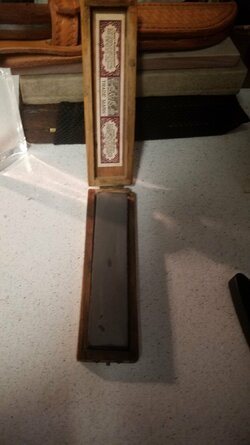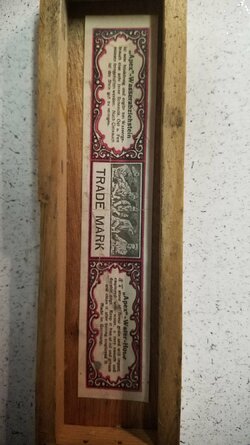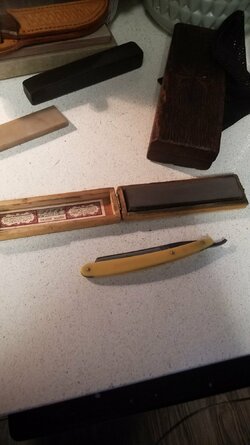Does anyone have any knowledge/ experience with these? Sometimes it feels like there are large chunks of quartz that want to roll around and it feels like I'm honing on gravel. Does anyone know what these stones actually are? If guess it's a thuringian but it's the only radiometric l example I've held in my hands. I am not a fan of this stone but I'd like to unlock it's secrets. It's there a surface finish or technique I need to know about. I just recently got an actual interest in slates so I want to learn more.







